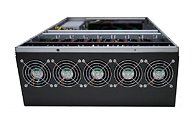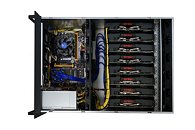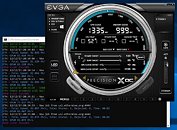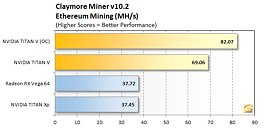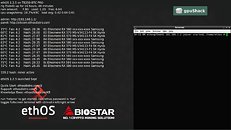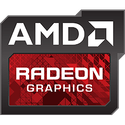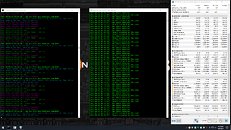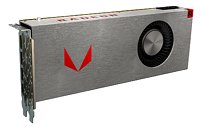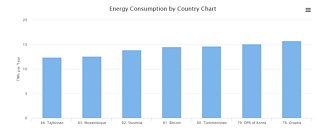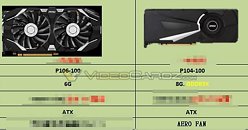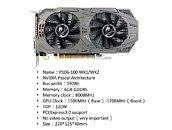M&A Technology Starts Shipping Their 200 MH/s Ethereum Manda Miner
M&A Technology continues to innovate with the latest technology and is shipping its Manda Miner which can be configured as an Ethereum or ZCash mining server. The Manda Miner is available now. The Manda Miner is a purpose built, application specific server solution for the cryptocurrency market. It performs at ~200MH/s for Ethereum or ~2400H/s for ZCash. The system designed by experienced cryptocurrency systems engineers is assembled at an ISO certified factory in Texas with the highest quality materials available.
The Manda Miner is a data center ready, performance optimized cool and quiet running cryptocurrency mining server. The Manda Miner is FCC B verified and housed in a 4U chassis specifically for crypto-mining purposes functional as a standalone unit or as a data center cabinet rack-mountable unit. The system's eight high performance graphics cards are optimized to interface with a standard motherboard for manageability and high quality performance. The system utilizes a highly efficient power supply and cooling fans designed to ensure operational efficiency and reliability.
The Manda Miner is a data center ready, performance optimized cool and quiet running cryptocurrency mining server. The Manda Miner is FCC B verified and housed in a 4U chassis specifically for crypto-mining purposes functional as a standalone unit or as a data center cabinet rack-mountable unit. The system's eight high performance graphics cards are optimized to interface with a standard motherboard for manageability and high quality performance. The system utilizes a highly efficient power supply and cooling fans designed to ensure operational efficiency and reliability.

